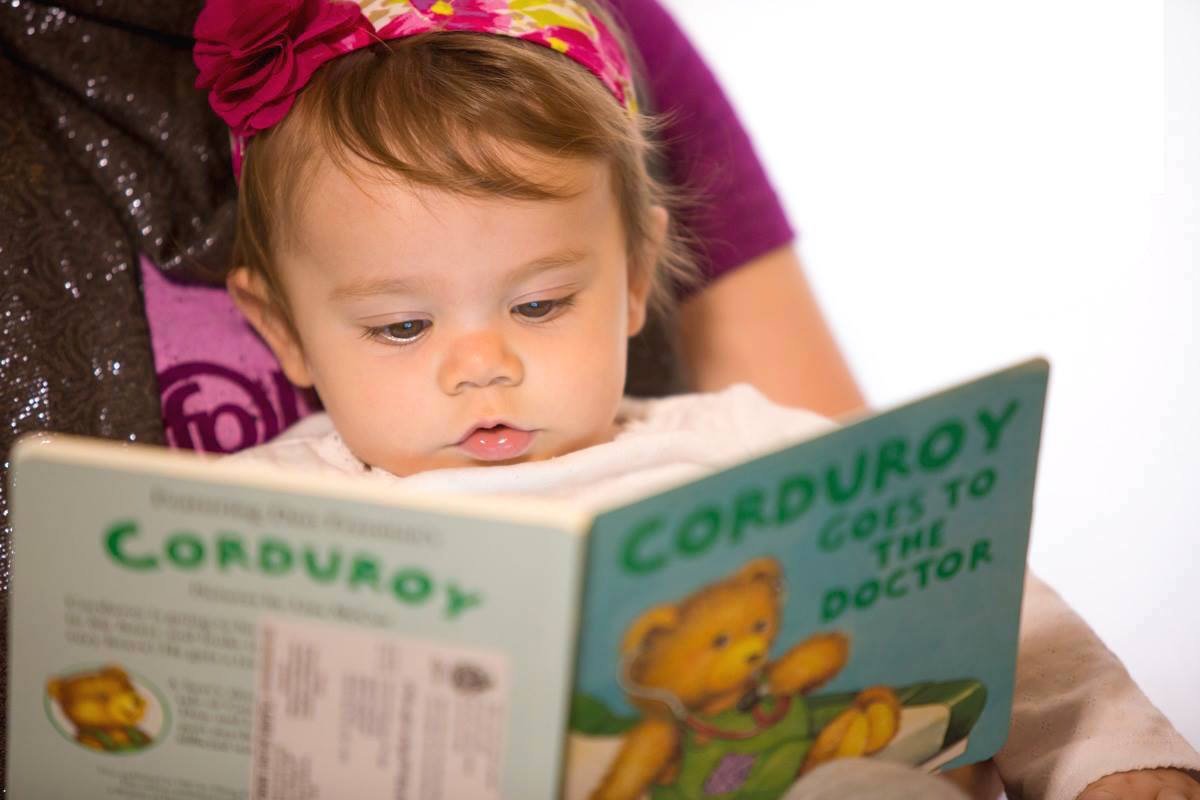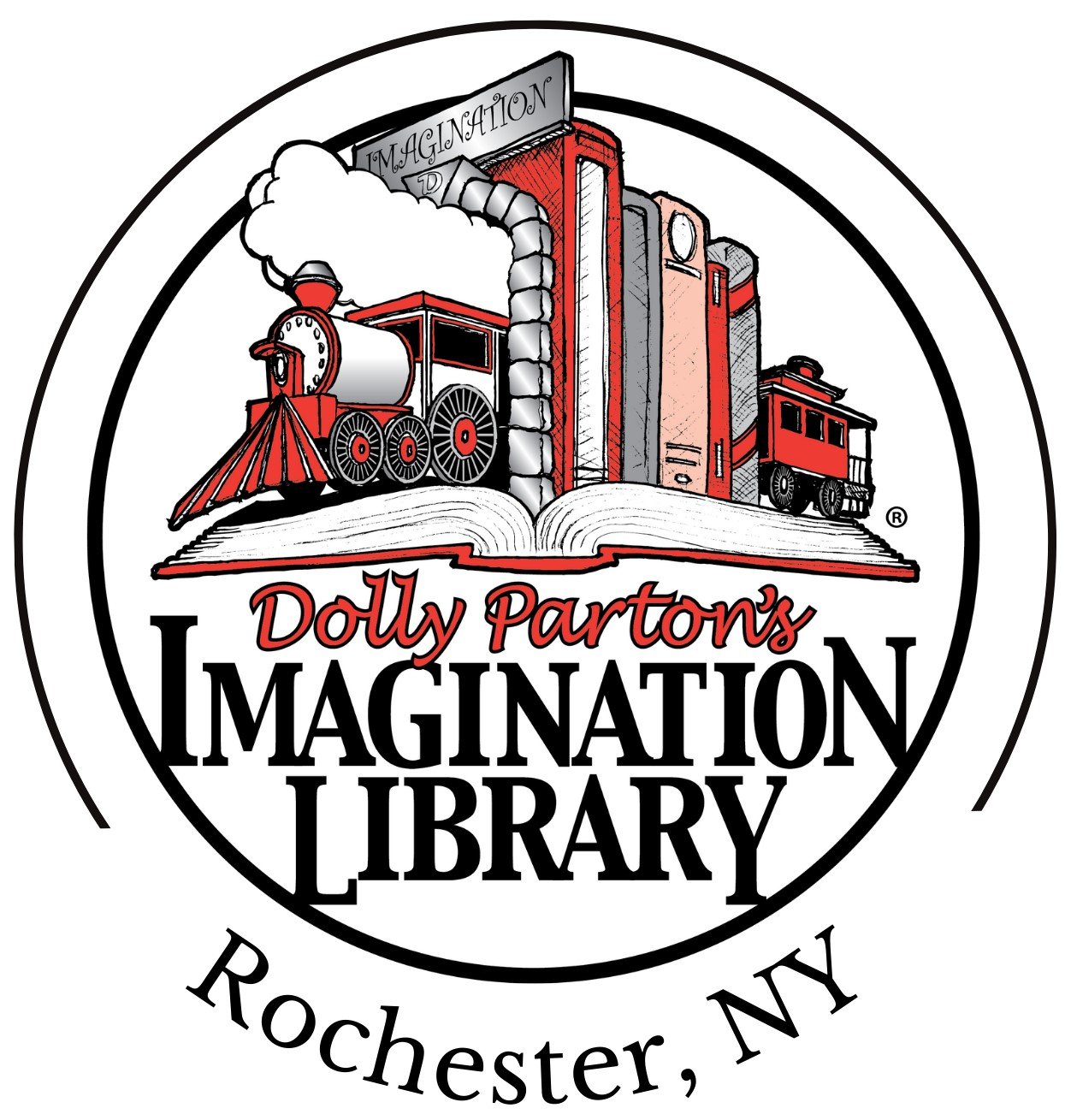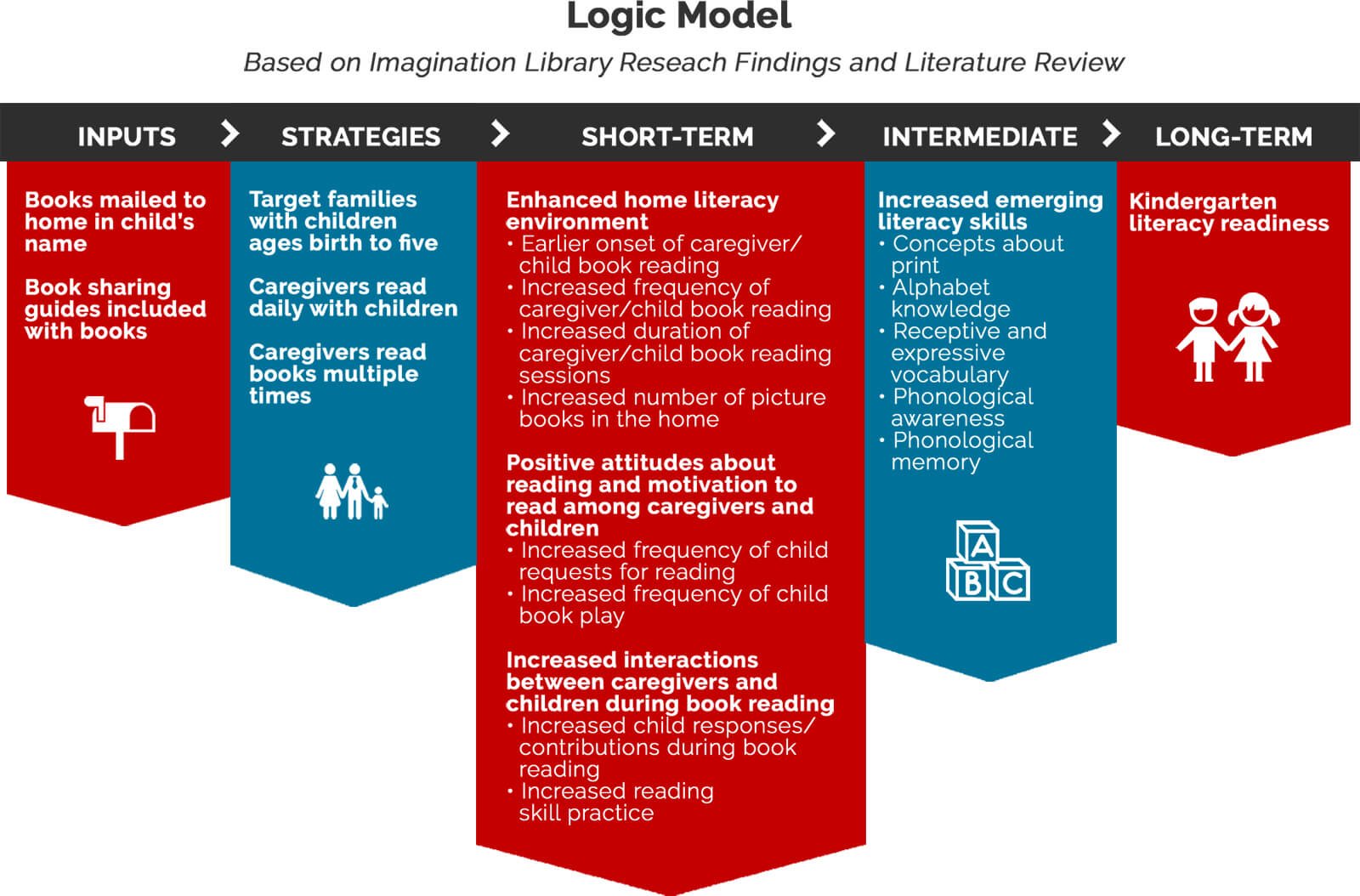
The Evidence
30 years and 300 million books later, it’s clear:
This thing works.
The Imagination Library closes gaps.
A 2021 study published in Pediatrics showed that kids in the Imagination Library closed the kindergarten readiness gap with wealthier peers within two years of enrollment.
Not only that—the longer they were enrolled, the more likely they were to achieve kindergarten readiness. In the health sciences, that’s called a dose-response relationship, and it’s a reliable sign that something is working well.
Reading is rocket fuel.
A 2017 study in Syracuse found that children who were enrolled in the Imagination Library were 28.9% more likely to be ready for kindergarten than unenrolled children from equivalent backgrounds. This study controlled for participant race, gender, English as a second language (ESL) status, special education status, and free- and reduced- lunch status
This is particularly important in Rochester, where less than half of children arrive on the first day of school with the skills to hit the ground running.
We level playing fields.
A 2021 survey of more than 3,000 families enrolled in the Imagination Library demonstrated that families from all walks of life are more likely to read to their children once enrolled, but the impact is most dramatic in households in high-poverty areas.
This is partly due to the huge effect the Imagination Library has on the availability of books of these households, with 64% of these families noting that Imagination Library books make up at least half of their home library. 19% of these families reported that Imagination Library books make up all or nearly all of the books in the home.
Books break cycles.
It seems remarkable that one high-quality book a month can have such a dramatic impact, but the Imagination Library’s research-based logic model demonstrates the numerous ways that the program changes home environments.
We follow the evidence.
The information above is just the tip of the iceberg when it comes to the effects of the Imagination Library. We embrace the transparency that peer-reviewed evidence brings, and we invite you to examine the two decades of research about the Imagination Library for yourself. After all, that’s what we did before we decided to start Rochester’s chapter.





